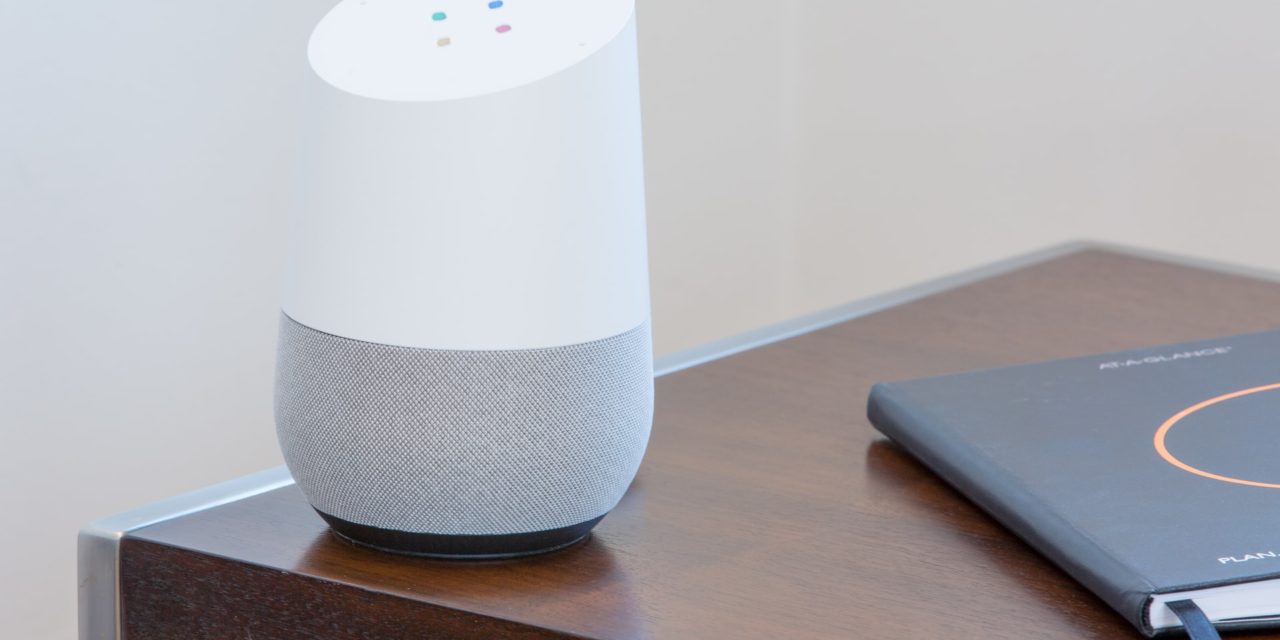[ad_1]
Smart home systems refer to a variety of different and overlapping electrical and wireless systems that will enable a smart home or a smart house to function as a combined whole unit.
Central to understanding the nature of the systems is an understanding of the basis of what a smart home is and the various technologies that underpin it.
The idea of a smart home has been around for a long time, in fact in many ways it is one of the oldest science fiction dreams that is on the verge of becoming a reality.
The typical scenario that shows the potential of a smart home normally involves someone driving home from work in their smart car.
As they approach their home, their smart car communicates with their garage, and their garage doors open automatically as they arrive.
In addition, as they arrive home, their smart car will connect with their home, their lights will automatically come on within the home, their heating will come on and so will their appropriate kitchen devices, such as their oven waiting to pre-cook their dinner.
A further scenario includes their groceries being delivered at the exact moment they arrive home. This has happened because that smart refrigerator has realised that they are running low on certain items, has automatically contacted their local grocery store who have assembled the items and delivered them automatically to their home. The grocery store new when to deliver them by accessing the drivers on-line calendar and working out the exact point when they would be home.
In addition the grocery store would automatically charge the amount of the groceries to the drivers credit card, which they have on account, and the amount on the credit card would be automatically debited from the drivers bank account through an on-line banking facility.
A few years ago, this scenario or these scenarios would have seemed far-fetched.
Today they are the verge of becoming a reality for anyone who wants them.
Quite literally billions of devices are being fitted with sensors that will allow them to connect to each other wirelessly over the internet, a scenario commonly referred to as the internet of things.
Smart home systems tend to be the various types of systems that would be used within a smart home such as an alarm system, a security system, a lighting control system, an audio system, a technology system and perhaps even a complete smart phone system.
In addition that will need to be a smart home management system both to coordinate all these activities, and to be able to manage them in the event of any one of them not working.
At the moment it is anticipated that the systems are will be controlled through an app or apps through someone's smart phone, but I could well change in the future.
The push by the big tech companies to move to voice recognition technology seems to imply that this is their preferred mode of coordinating the mechanics of a smart home.
What is perhaps being overlooked are the cyber security implications and risks inherent within any such system.
[ad_2]
Source by Peter Main

